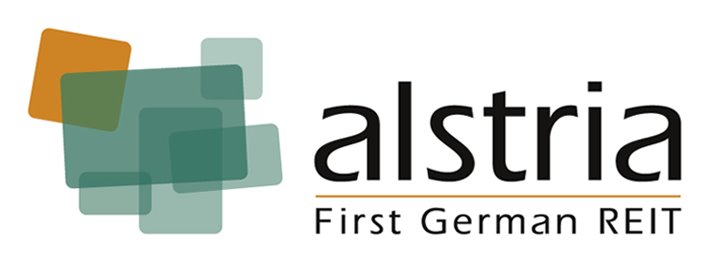 Anyone interested in real estate investment is aware of the „difficult“ times the German open ended fund industry is going through. As you can expect the German press is full of article trying to figure out what happened, what a solution would be (may I naively suggest listing?) and whether or not it is safe to invest in them again.
Anyone interested in real estate investment is aware of the „difficult“ times the German open ended fund industry is going through. As you can expect the German press is full of article trying to figure out what happened, what a solution would be (may I naively suggest listing?) and whether or not it is safe to invest in them again.In the last few days there were a number of article which focused on one specific issue: the distribution network. According to these articles, all the funds that are being liquidate right now had one thing in common, a weak distribution network. It doesn’t seem that the issue was the assets, the management, the returns, but really it all ties up to the network. Moreover, the stronger funds are the one with the stronger distribution network. I have not listed all articles in that respect, but just providing one as an illustration of what you could read (http://bit.ly/9uKkbb). In that article the journalist highlights that the liquidation of the DEGI EUROPA fund is mainly linked to the acquisition of Dresdner Bank by Commerzbank and the dry up of the distribution network. Not because of bad management. And you know what, he is probably right (and so are all the other press articles).
All the funds that ran into trouble had a weak distribution platform. The strongest players also are the one that have the strongest distribution platform. There is a clear cut correlation between the strength of the distribution and the capability of the fund to stay afloat.
Let me rephrase slightly what I wrote above and what I think is a shared view in the German press:
In order for an open ended fund to be strong and safe, it needs (through a strong distribution network) to be able to constantly find new investors to come in.

No comments:
Post a Comment